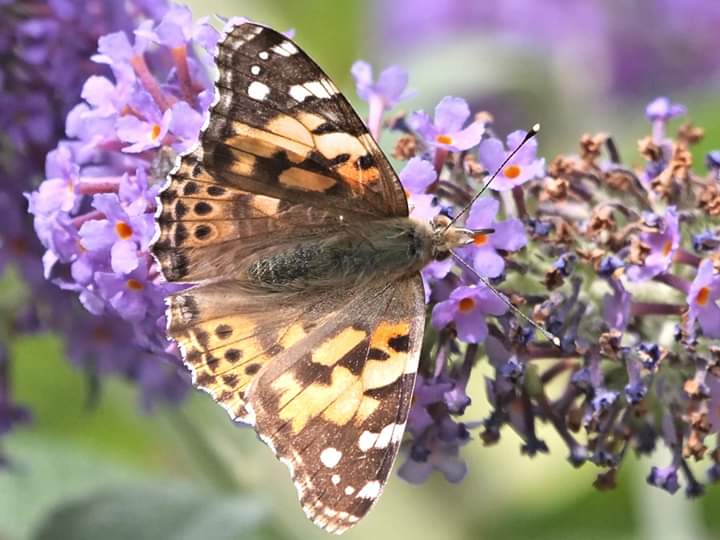Woody shrubs and climbers provide food for wildlife, including berries, fruits, seeds, nuts leaves and nectar-rich flowers. So why not plant more trees and shrubs in your garden and see who comes to visit?
The Wildlife Trusts have some excellent suggestions for the best trees and shrubs for wildlife, and spring is one of the best times to plant new trees and shrubs in your garden. Many organisations recommend planting before the end of March, but in our part of the world (and as long as you water your plants well, particularly during dry weather), we can definitely plant through April and May.
When planning your shrubs and trees, consider year-round interest. When the winter weather is at its worst, for instance, many birds normally found in the wider countryside will move into gardens for shelter and food. Many trees and shrubs have important flowers in the early spring for bees and other insects (such as hazel, blackthorn and hawthorn). Fruiting shrubs like hawthorn, holly, firethorn and cotoneaster provide a welcome meal and shelter in the autumn, particularly for migrating birds. Ivy flowers continue to provide nectar for insects into late autumn and winter.


Whilst native trees and shrubs are very important for our wildlife, there are some exotic species (such as buddleia and cotoneaster) which will attract many different butterflies and bees into your garden.
Some planting ideas for different seasons:
- Spring: Currant, Barberry, Forsythia, Guelder Rose
- Summer: Hebe, English Lavender, Honeysuckle, Elder, Cotoneaster
- Autumn: Buddleia, Heather, St John’s Wort, Japanese Aralia
- Winter: Ivy, Witch Hazel, Holly, Sweet Box
Growing climbing plants up walls or fences will create similar environments to hedges and greatly improve the boundary for wildlife. Evergreen shrubs allow birds and insects a year-round home and protection from predators, especially if they are thorny like barberry and firethorn, or particularly dense like holly and yew. You can plant small shrubs and trees in pots (particularly good for growing plants up walls), or in window boxes. This can provide a lot more colour all year, rather than just traditional bedding plants.
Let us know how you get on with your planting plans, and do send any photos to us or post them on our TDEG Facebook page if you prefer. And if you have noticed particular shrubs or trees attracting lots of wildlife, then do share that with us as well. We can pass on all your best tips!


